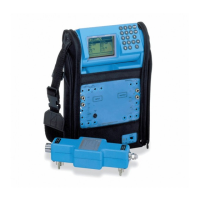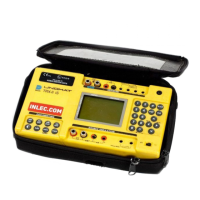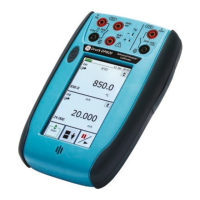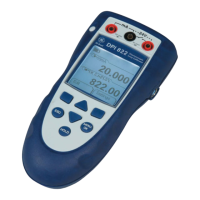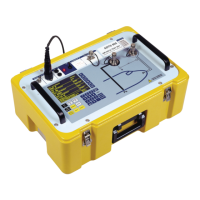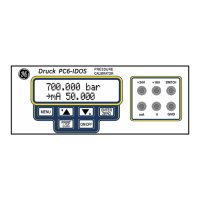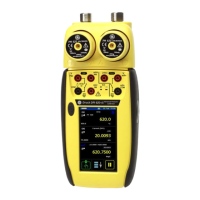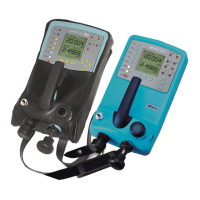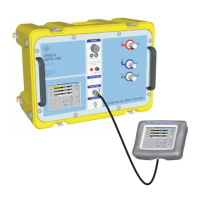Other functions 5 Operation
DMS Go+ Edition 4 (05/2014) 5-51
Temperature compensation
Temperature variations affect the sound velocity of ma-
terial and probe delay line, and consequently also the
calibrations. All calibration processes should be carried
out on site by using calibration blocks which have the
same temperature as the test object in order to minimize
errors due to temperature variations.
If the calibration block cannot be heated, the DMS Go+
can use the temperature compensation in order to recal
-
culate the wall thickness of the test object and to display
it correctly.
If the temperature of a test object increases, the sound
velocity of the material increases slightly as well. This
results in a greater wall thickness reading. In order to
compensate for this temperature effect, DMS Go+ can
calculate a compensated thickness value on the basis
of the input temperature of the test object and on the ba
-
sis of a compensation factor.
In order to use the temperature compensation, you have
to configure three parameters:
● CAL TEMP
The temperature of the calibration block (typically the
ambient temperature)
● CUR TEMP
The current temperature of the test object.
● TEMP COEF
Temperature coefficient = the change in the sound
velocity of the material per degree. Please look up the
value in the corresponding guidelines.
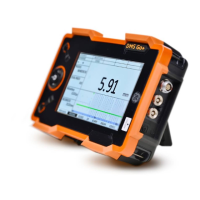
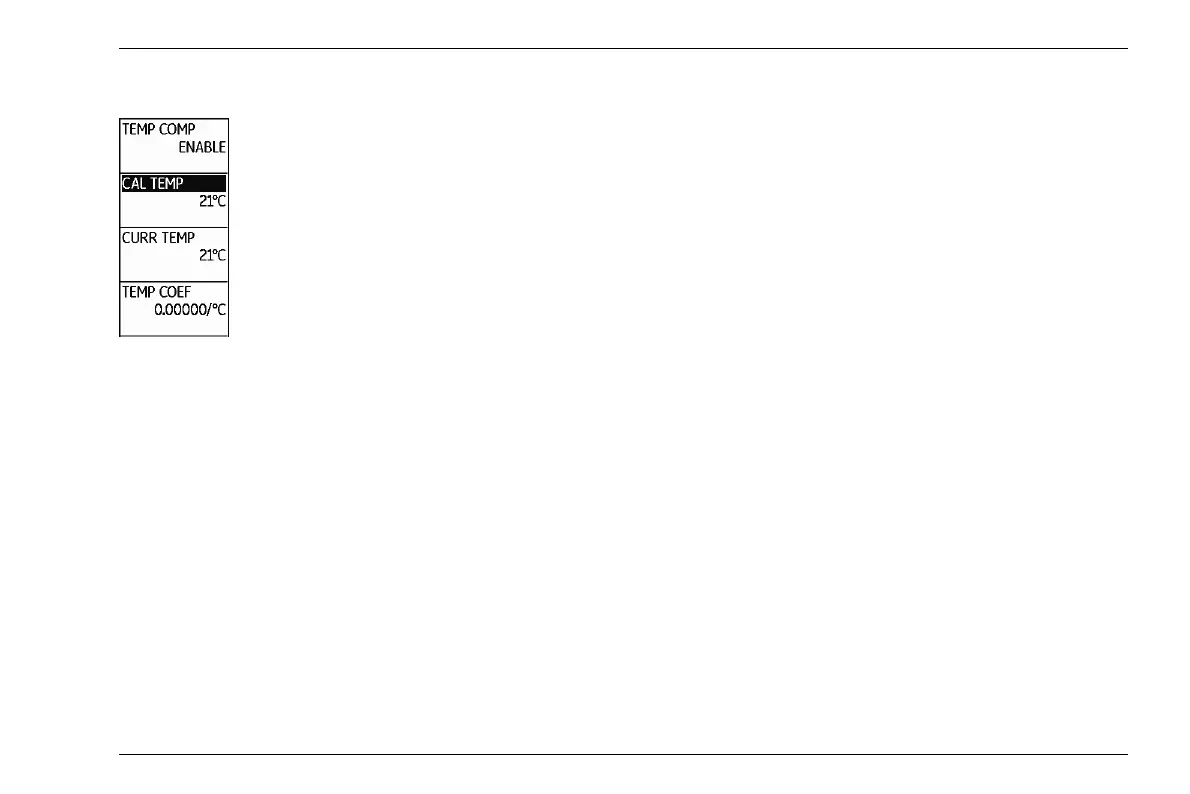